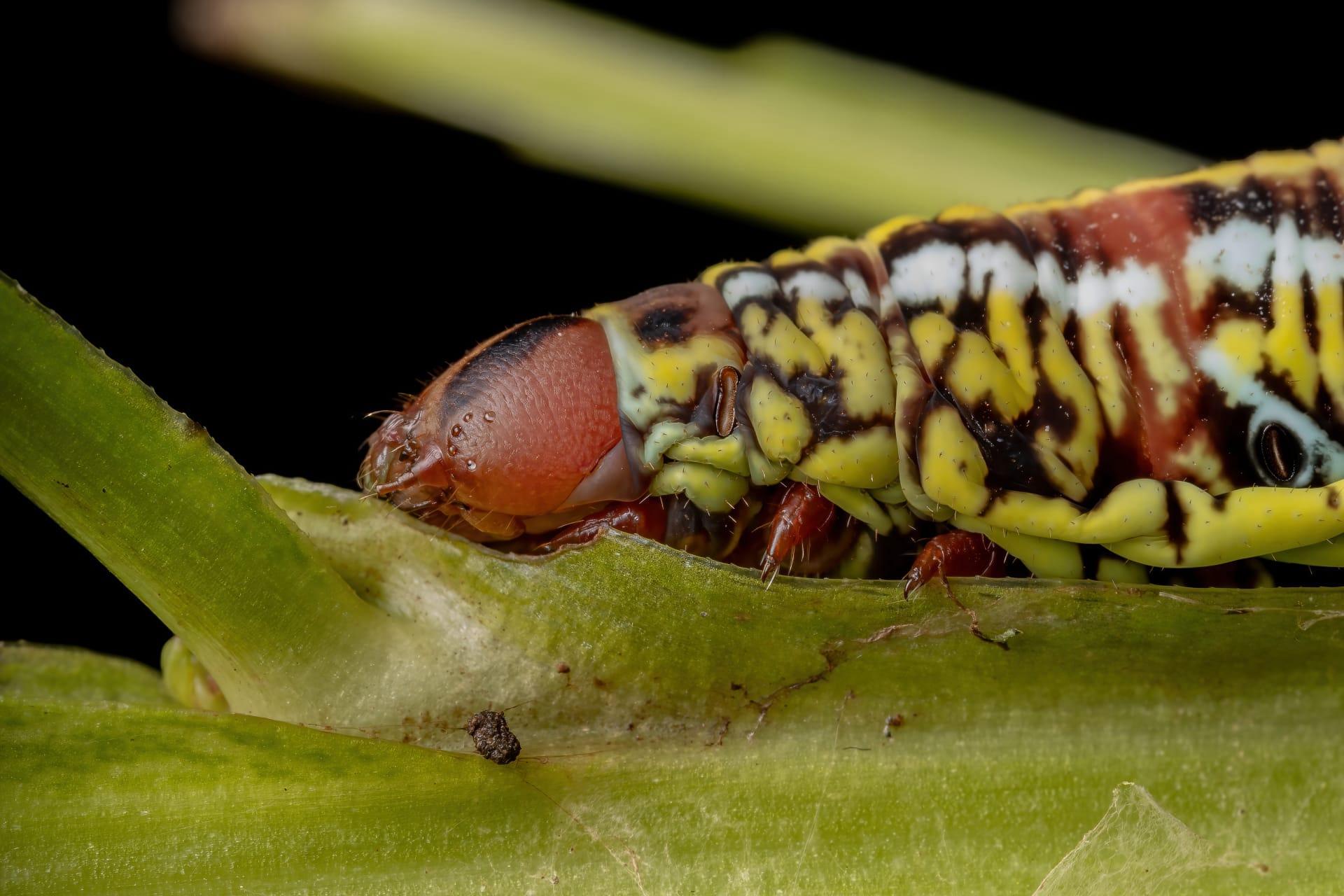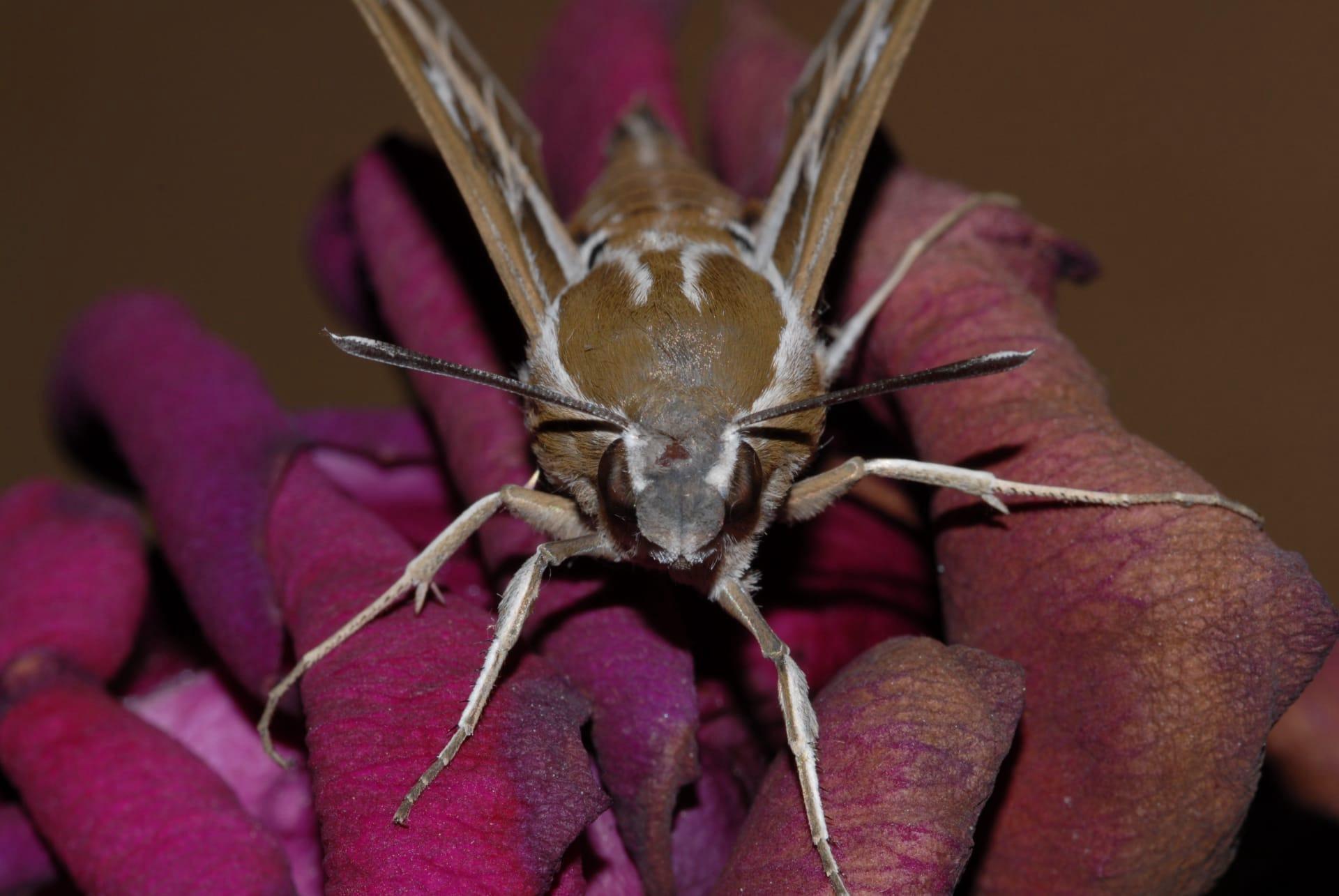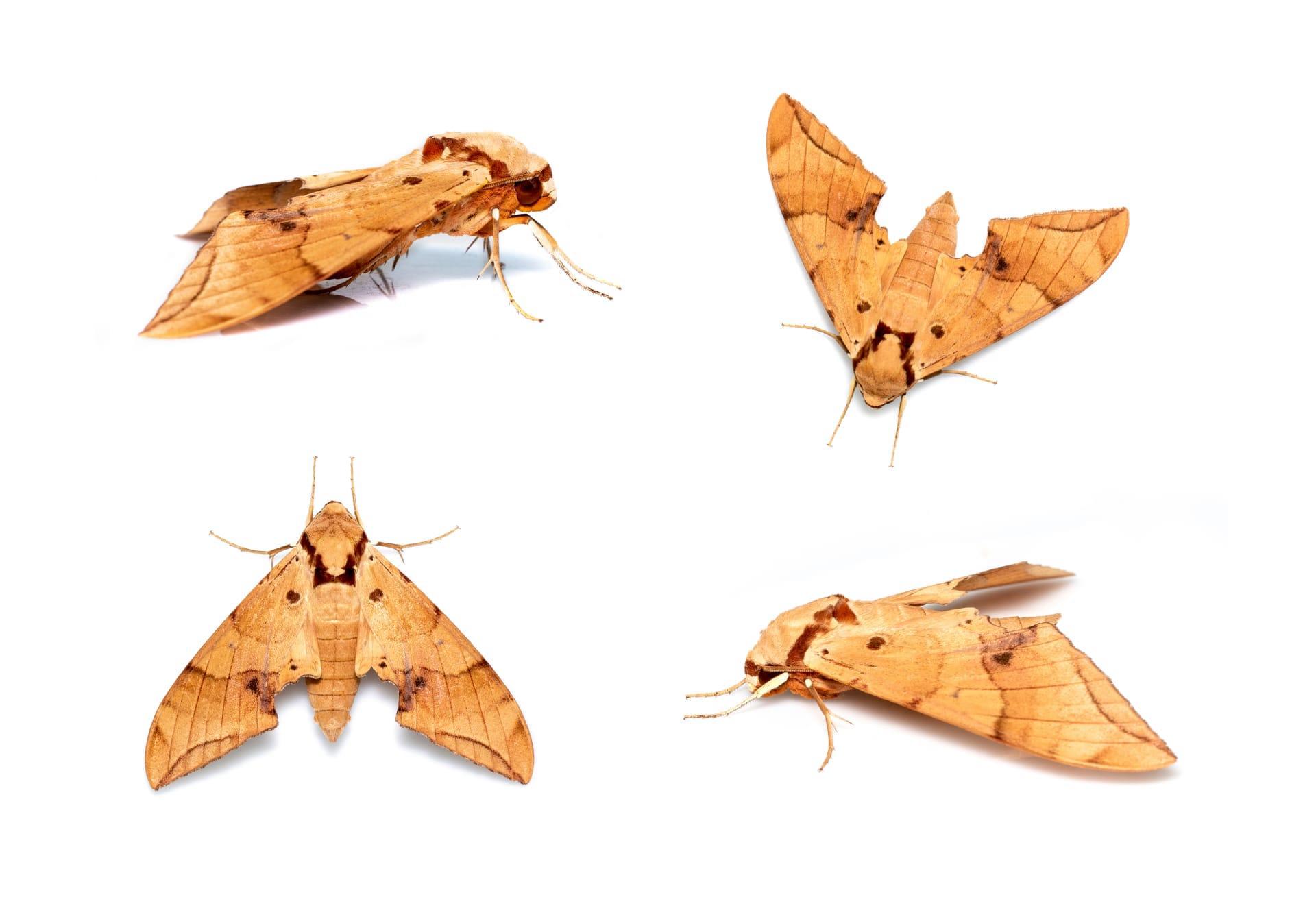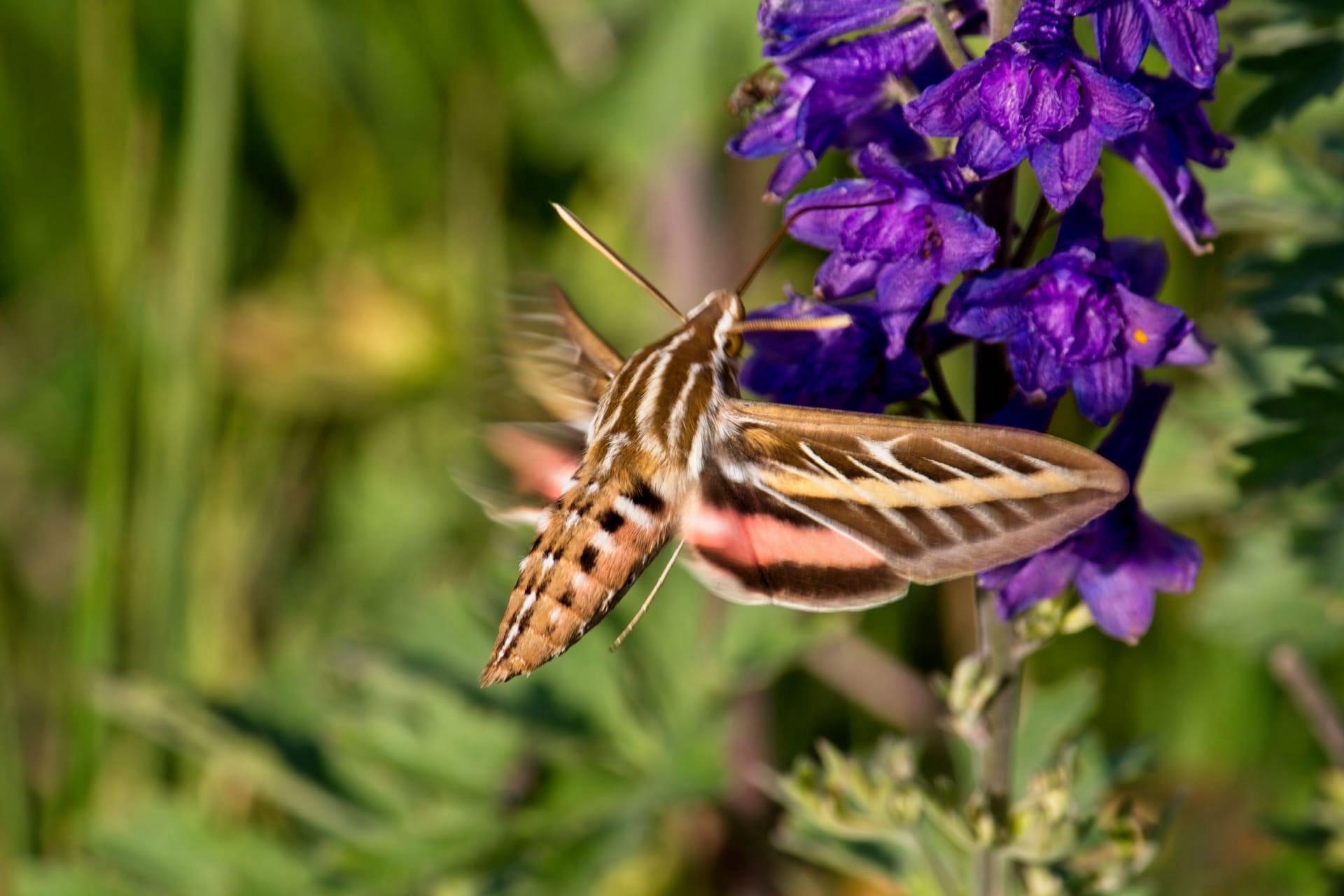Sphinx Moth
- Home /
- Mini Encyclopedia /
- Animal /
- Sphinx Moth
1
The Sphinx Moth, belonging to the family Sphingidae, is a fascinating group of moths known for their robust bodies and rapid, powerful flight. With over 1,450 species globally, this family includes some of the largest moths in the world. The term "Sphinx Moth" comes from the characteristic pose of the caterpillar, which raises its head and thorax in a manner reminiscent of the mythical sphinx. The genus Manduca, which includes the well-known species Manduca sexta or the tobacco hornworm, is a prime example of this family's diversity and adaptability.
The Sphinx Moth has a wide geographical range, thriving in varied habitats across the globe. They are predominantly found in the tropics, but their distribution extends to parts of North America, South America, Europe, Asia, Africa, and even some islands. In North America, species like the White-lined Sphinx Moth (Hyles lineata) are common and widely recognized. Their adaptability allows them to inhabit environments ranging from deserts to rainforests, demonstrating a remarkable ecological versatility. Seasonal migrations, especially in species like Hyles lineata, contribute to their widespread presence across different continents.

2
Question: Do Sphinx Moths pose a threat to agricultural crops?
Answer: While some species of Sphinx Moths have caterpillars that feed on crops, making them pests in certain contexts, not all species are harmful. The tobacco hornworm (Manduca sexta), for instance, is known to feed on tobacco and tomato plants, potentially causing significant damage. However, it's important to note that the majority of Sphinx Moth species do not pose a threat to agriculture. Many of them play beneficial roles as pollinators, and their larvae feed on a variety of wild plants without causing noticeable harm to cultivated crops. Therefore, it's a misconception to label all Sphinx Moths as agricultural pests.

3
Sphinx Moths employ several intriguing survival strategies. Their caterpillars are known for their striking colorations and patterns, which can either serve as camouflage or as warning signals to predators. Some species mimic the appearance of snakes or other larger animals to deter predators. As adults, Sphinx Moths exhibit rapid and agile flight, often compared to that of hummingbirds. This ability not only aids in evading predators but also enables them to feed on nectar while hovering over flowers.
Another notable survival strategy is their role in pollination. Many Sphinx Moths have long proboscises, adapted to feed on nectar from deep flowers. This not only provides them with a food source but also assists in the pollination of various plant species. Their nocturnal activity and preference for night-blooming flowers make them key pollinators in many ecosystems, particularly in habitats where diurnal pollinators are less active.

4
In ecosystems, Sphinx Moths play dual roles as both pollinators and prey. As pollinators, they contribute significantly to the reproduction of various flowering plants, including some commercially important crops. Their nocturnal pollination activities complement those of diurnal pollinators, ensuring a wider range of plant species can reproduce effectively.
As prey, Sphinx Moths are a crucial part of the food web. Their caterpillars provide a significant food source for birds, small mammals, and even other insects. Adult moths, with their substantial size, are preyed upon by bats and larger insectivorous birds. This predator-prey dynamic helps maintain ecological balance, controlling moth populations and supporting a diverse range of predators.

5
Film: "The Secret Life of Moths" is a remarkable documentary produced in the United States in 2019. It delves into the mysterious world of moths, including the Sphinx Moth, revealing their vital role in ecosystems. The film showcases the incredible diversity of moths and their complex life cycles, emphasizing the environmental challenges they face.
Book: "Moths of the World: A Guide to the Sphinx Moths" is an informative book published in the UK in 2018. Written by entomologist Dr. Sarah Johnson, it provides an in-depth look into the world of Sphinx Moths, offering insights into their biology, behavior, and distribution. The book is well-regarded for its comprehensive coverage and stunning photography.
Book: "Wings in the Night: The Sphinx Moth and Its Kin" is another significant work, released in Canada in 2020. Authored by Dr. Peter Grant, this book explores the unique characteristics and ecological importance of Sphinx Moths. It's praised for its accessible language and focus on conservation issues surrounding these fascinating insects.